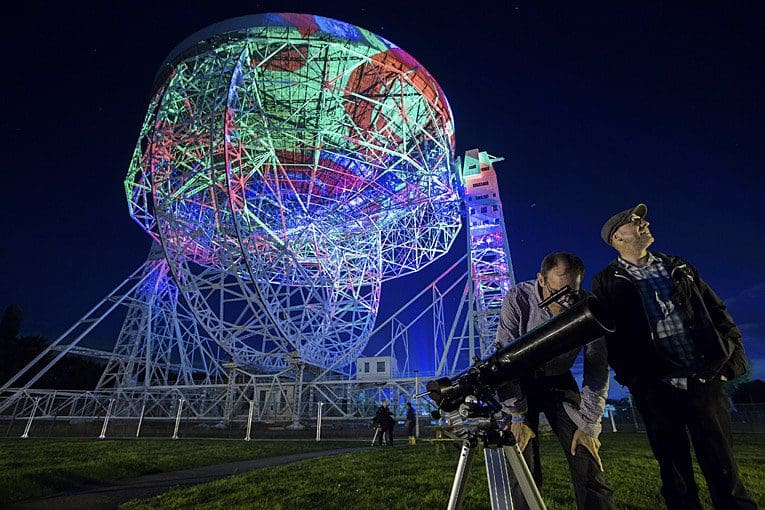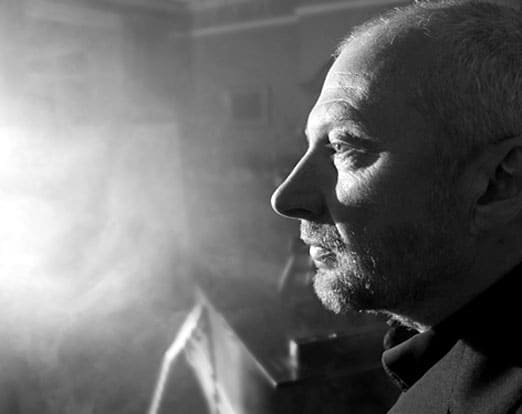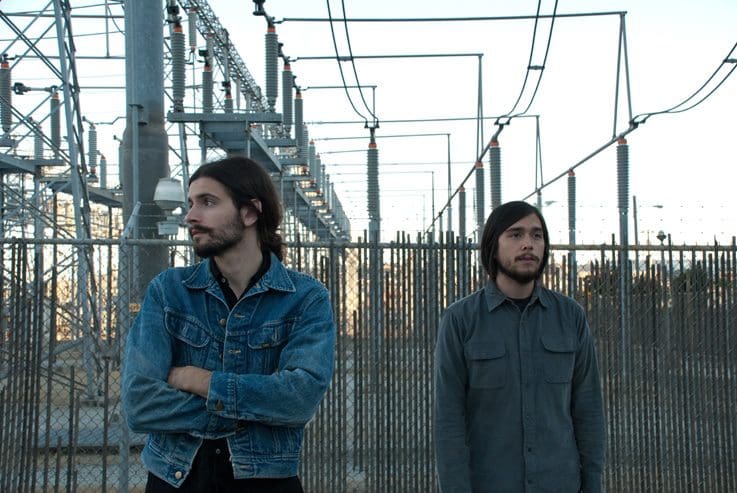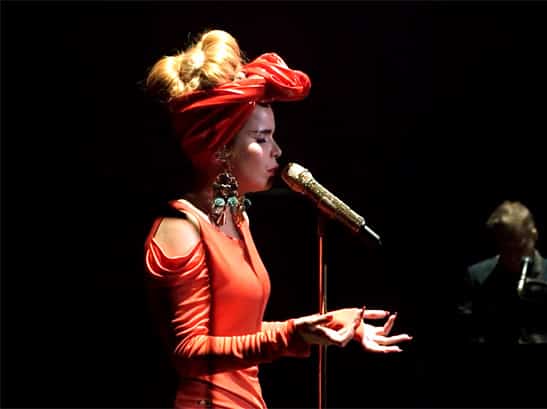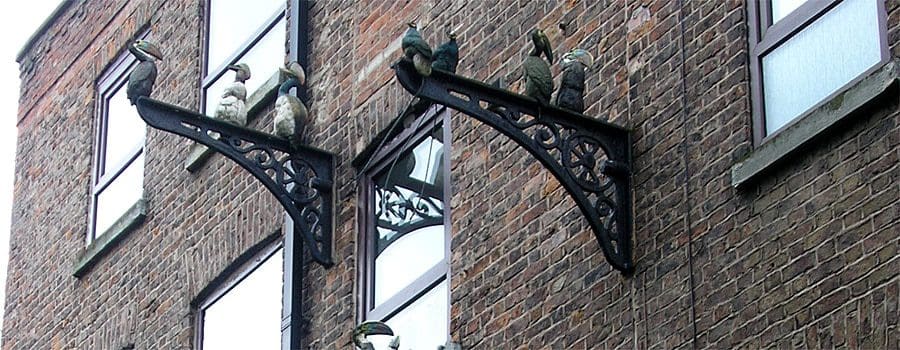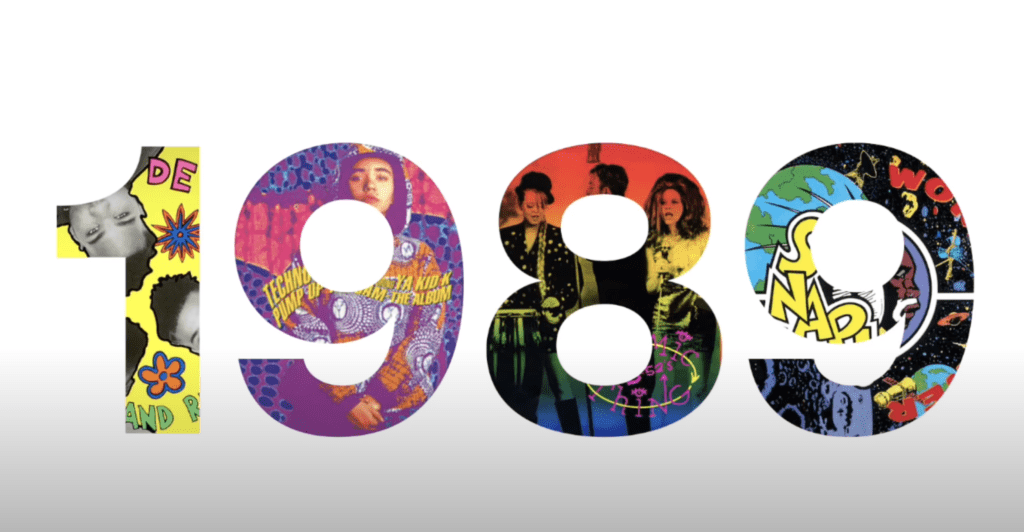
interview by Chris Zacharia
‘They used to call it bastard pop’ says Steve Reidell, one half of DJ duo The Hood Internet.
‘And it’s true, you’re bastardising its original form. There’s inherent humour in mashups, but for us it was more about making a cohesive musical piece.’
A sprawling, riotous remix of every year from 1975 to 2005: The Hood Internet’s latest mashup is their most cohesive yet. And it’s not only one of the most ambitious remixes of all time – it might just be the best.
Founded in 2003 in Chicago, The Hood Internet (aka Steve Reidell and Aaron Brink) have been dropping remixes for almost as long as the genre has existed. Since then, they’ve playfully mashed pop with r’n’b, rock with soul, hip hop with techno. Their mixtapes blended irreverent iconoclasm with clever contrasts and sheer playfulness, winning the duo a cult following. If you were at university in the late 2000s, their danceable, let-the-world-burn mashups of MGMT and Lil Kim, or Phoenix and R Kelly, were the coolest stuff you could have on the stereo. Tuning in to see what kind of blasphemy they’d cook up next, you’d find yourself going, ‘Damn, this is catchier than the original…’. Come for the irony, stay for the beat.
Now, The Hood Internet have gone further. Taking each year as a standalone track, they began remixing the songs – and music videos – of every year in pop music, from 1979 onwards, fitting fifty or so songs into three minutes of music. Michael Jackson rocks out to The Buggles. Run DMC’s hooks soar with Paul Simon’s You Can Call Me Al. Madonna, John Mayer, Prince: they’re all here, they’re all partying, and it’s irresistible. And, with each year released weekly during the pandemic lockdowns, The Hood Internet’s project brought a dose of joy at a difficult time – including for me.
‘Thanks’ says Steve, when I tell them. ‘So many people have said, ‘This has made the lockdown easier’. People get a lot of nostalgia in a short amount of time. Not just, ‘This was the best year for music’, but it reminds people of things, it brings up songs that they’ve forgotten about.’
‘We actually started in 2019, before we knew there would be a lockdown’ Steve continues. ‘We wanted to do something more focused, not just mixing A and B, not just mashing up the most recent hits into a mixtape. Aaron asked, what if we focused on a particular year in time, doing a batch of them was the first thing. It was his idea of starting in ‘79…’
‘I think 1979 was a pivotal year for music’ Aaron says. ‘I was reading a Beastie Boys biography, and it really exposes that era in New York: how different sounds were converging, with breakthroughs for hip hop, new wave, and electronic. It was a transitional year that set up the ’80s but also music videos. MTV hadn’t quite started, but the type of music videos that they were playing started in this era. From the start, we thought of this as a video series.’
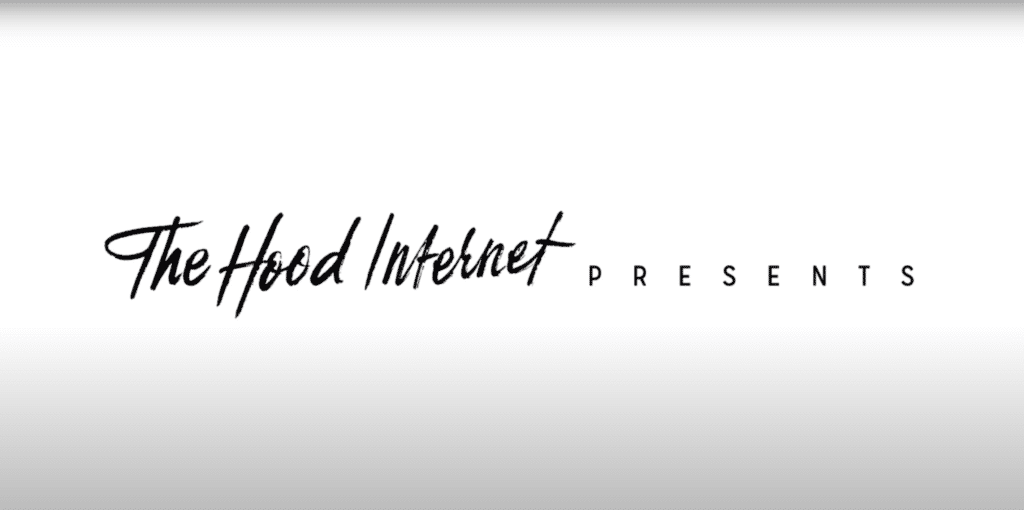
-
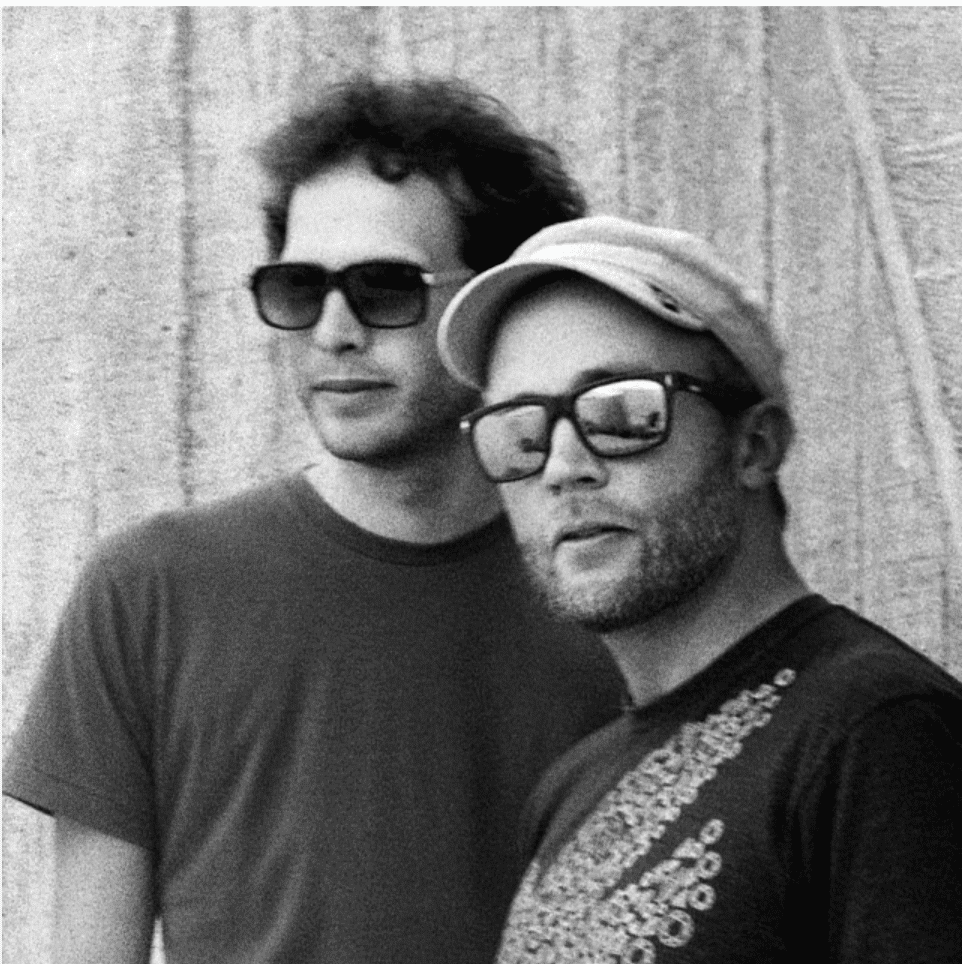
Aaron Brink and Steve Reidell, aka The Hood Internet





